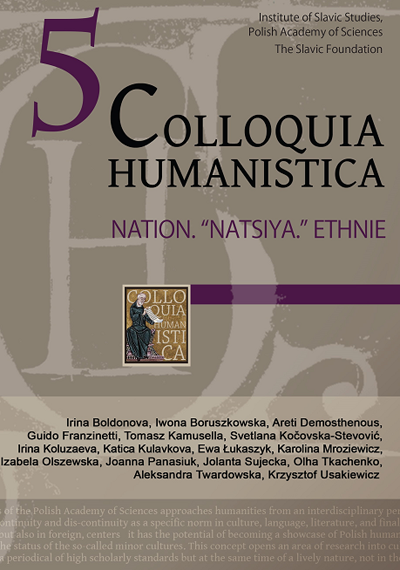Unaoczniona Nacja Węgierska wspólnota polityczna w książkach ilustrowanych (ca. 1350 – 1700)
Natio Made Visible: The Hungarian Political Community in Illustrated Books (ca. 1350–1700)
Author(s): Karolina MroziewiczSubject(s): History, Cultural history, Sociology, Political history, Social history, Middle Ages, Modern Age, Social development
Published by: Instytut Slawistyki Polskiej Akademii Nauk
Keywords: natio Hungarica; political community; modern nation; illustrated books; János Thuróczy;
Summary/Abstract: The main objective of this paper is to examine the understanding of the natio Hungarica, as it emerges from the texts and images of a number of richly illustrated Hungarian books. The Chronicon pictum (ca. 1358), János Thuróczy’s Chronica Hungarorum (Brno, Augsburg, 1488), Mausoleum regum et Ungariae ducum (Nuremberg, 1664), Trophaeum domus Estorasianae (Vienna, 1700) and Clarissimorum Hungariae heroum icones (Vienna, 1652) served as points of reference for the discussion on the ways in which the Hungarian political community wanted to be and was perceived prior to its eighteenth- and nineteenthcentury transformation into a modern nation. The study encompasses the formative period of Hungarian illustrated books that contributed to the formulation of the national imagery in Hungary, based on the ethno-genetic myths, memories of shared ancestry and collective past, cultural values, legal code, customs and models of conduct, modes of self-display, and, last but not least, on the imagery of the homeland. The three-and-a-half-century chronological scope of the study has made it possible to trace the major changes which the concept of natio Hungarica underwent between mid-fourteenth and seventeenth centuries.
Journal: Colloquia Humanistica
- Issue Year: 2016
- Issue No: 5
- Page Range: 19-36
- Page Count: 18
- Language: English

